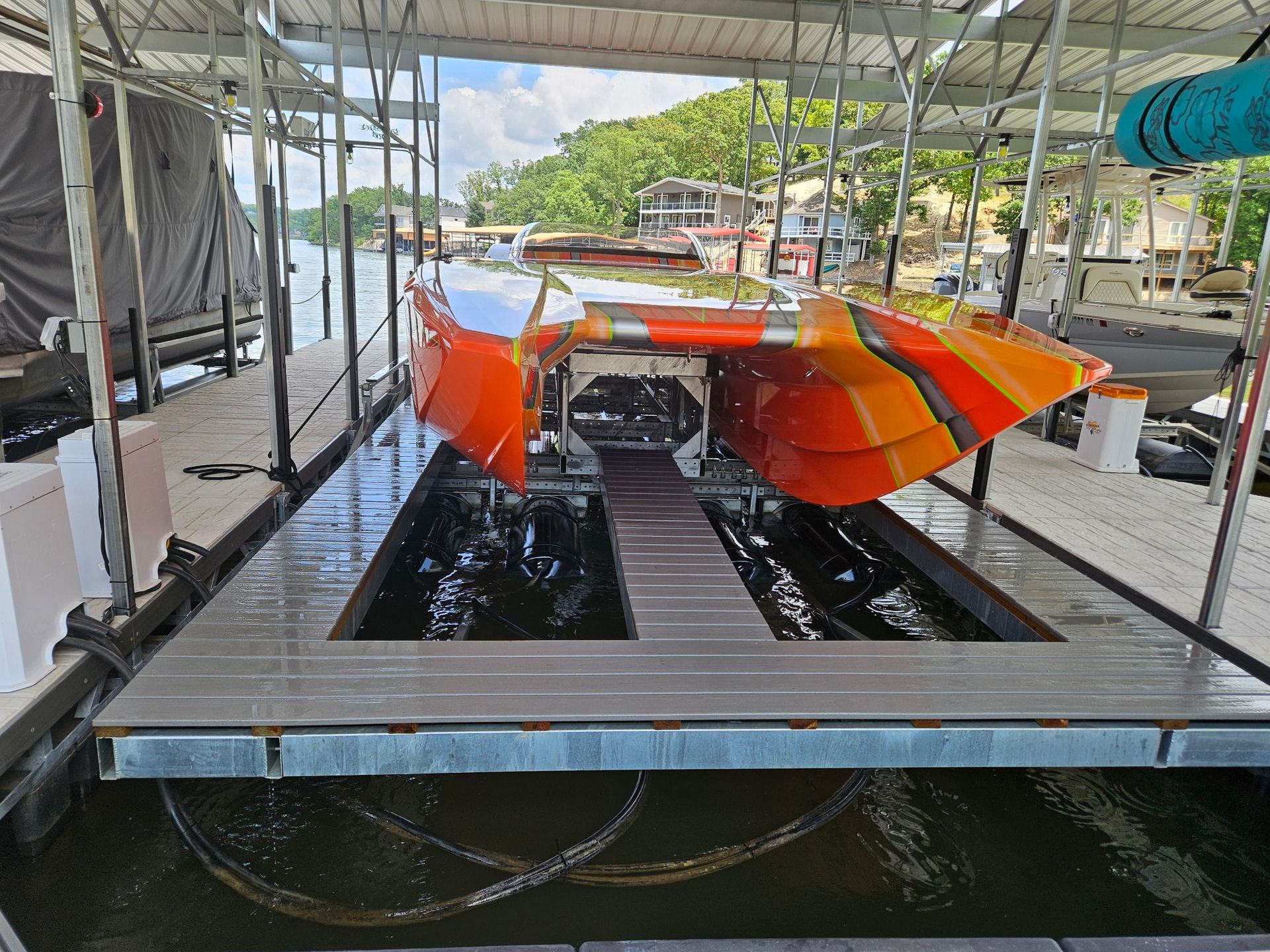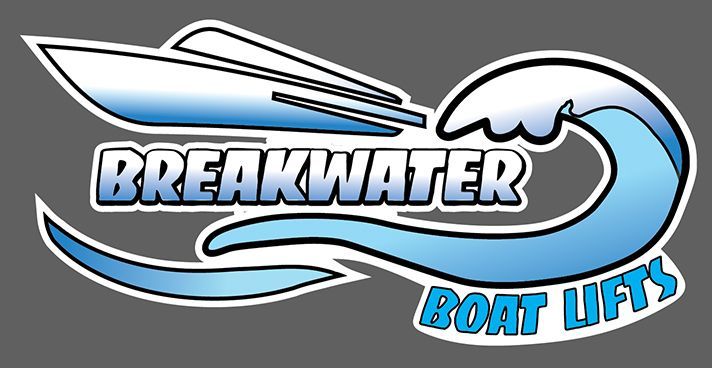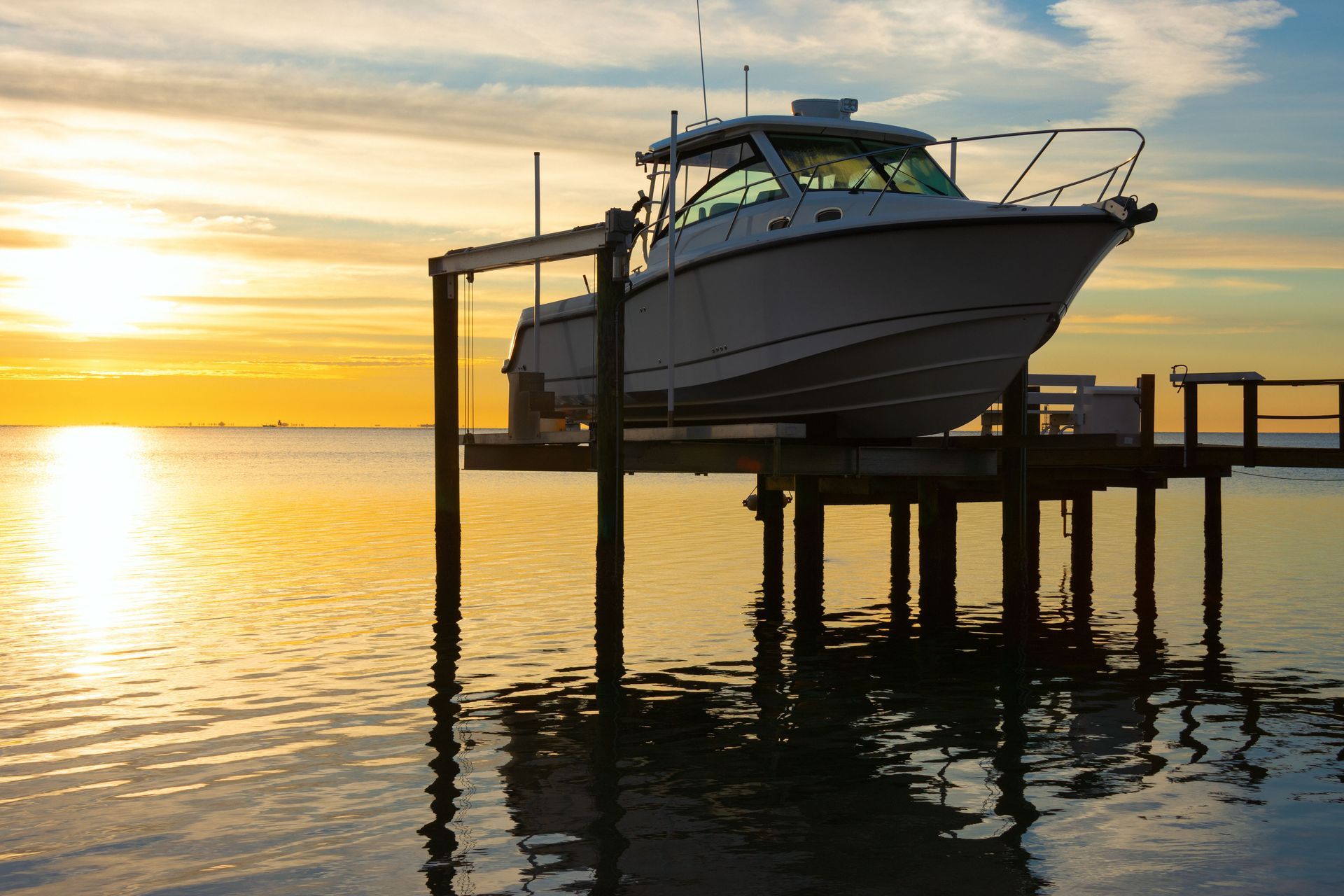What Should You Consider When Buying a Boat Lift?
Purchasing a boat lift is a significant investment for any boat owner. Understanding the various factors influencing the decision can help ensure you choose the right lift that meets your needs, budget, and specific watercraft type. This article explores the key considerations to keep in mind when buying a boat lift. From understanding your boat's specifications to assessing environmental conditions, the factors are diverse. Each unique aspect can dramatically affect the longevity and efficiency of your ultimate boat lift decision. According to Waters Edge, a boat lift can possibly have a lifespan of up to 25 years, making your choice even more important for long-term use and savings.
1. Understanding Your Boat's Specifications
a. Boat Size and Weight
Consider the dimensions and the weight of your boat, as these factors will determine the lift's capacity and size. A mismatch in size can lead to inefficiencies or even dangerous situations. If the lift isn't capable of supporting your boat adequately, it could cause damage to both the lift and your watercraft. Assessing the full weight, including fuel and gear, is essential before making a decision. Knowing your boat's specifications ensures that the lift will function properly throughout its intended use.
b. Hull Design
The shape of your boat's hull affects the type of lift you might need, as different lifts cater to various hull designs. For instance, V-hulls, pontoons, and flat-bottomed boats might require specific types of support. Having the right lift paired with your hull type ensures that the boat is stable when elevated. This stability prevents the craft from tipping or straining under unusual angles. Working with a model that matches your hull design ensures both safety and durability.
c. Boat Storage Requirements
Decide how you will store the boat when it is out of the water to ensure compatibility with the lift type you choose. A key consideration is whether the lift stays dockside or if you plan to remove it seasonally. Recognizing the storage landscape ensures compatibility with dock setups and weather conditions. Many varieties of lifts offer different capacities and designs that must coincide with your storage planning. Thoughtful consideration of these needs helps enhance the lifespan of the lift, which can last up to 25 years with proper care.
2. Assessing the Type of Water and Environment
c. Current and Wave Conditions
Consider the strength of water currents and the impact of waves when choosing your lift. Strong currents can place continuous pressure on a lift’s structure, while large or frequent waves may stress the boat when elevated. In such conditions, sturdier frames, reinforced anchoring systems, or floating lifts designed to absorb motion may be necessary. Factoring in these elements helps protect both the lift and your boat, reducing the likelihood of long-term wear or damage.
Beyond daily water movement, think about how storms, boat traffic, or seasonal weather patterns may intensify current and wave activity. A lift built with stability in mind can reduce the risk of swaying or tipping during rough conditions. Adding accessories like guide posts or stabilizers may further secure your vessel, giving you peace of mind in environments where water is often in motion.
b. Water Depth and Fluctuation
Understanding the average and maximum water depth and fluctuation ensures that the lift functions effectively. Knowing these parameters prevents potential operational hindrances or damage due to an unsuitable lift form. By aligning the lift's functionality with water depth characteristics, overall efficiency can be maintained. This ensures your boat lifts are ready to handle varying conditions without performance issues.
It's also important to factor in seasonal changes, such as spring flooding or drought conditions that may drastically alter water levels. Choosing a lift that can adapt to these shifts prevents downtime and reduces the risk of structural damage. Planning for these variations in advance allows you to select a lift that provides year-round reliability, protecting both your boat and your investment.
3. Evaluating Material and Construction Quality
a. Aluminum vs. Galvanized Steel
Decide between aluminum and galvanized steel based on durability, weight, and cost considerations. Aluminum, generally lighter, is resistant to rust and often preferred for its resilience in marine environments. Alternatively, galvanized steel offers strength and is valued for tenacity but may require more maintenance. Comparing these options against your environmental needs ensures a cost-effective yet quality investment. This consideration helps ensure your boat lifts perform reliably for many years.
b. Corrosion Resistance
Evaluate the corrosion-resistant properties of lift materials, crucial for prolonged life and performance. Materials contend against environmental elements, such as oxygen and moisture, which can undermine structural integrity if not managed. Resistance coatings, like zinc or other galvanic protections, play an essential part in durability. Layers engineered to withstand corrosive agents are invaluable, preserving lift utility and safety. By selecting materials with notable corrosion protection, one can secure extended lift life and reduced overhead.
c. Pneumatic Systems
Review the efficiency and practicality of pneumatic systems, which rely on compressed air to raise and lower boats. These systems are often favored for their smooth, consistent operation and relatively low maintenance. Pneumatic lifts reduce mechanical strain by avoiding constant tension on cables or pulleys, which can wear out over time. Their design also allows for quieter performance and easier integration with modern dock setups. For boat owners seeking reliability with fewer moving parts, pneumatic systems can provide a durable and user-friendly solution.
5. Safety and Operational Considerations
a. Load Capacity and Safety Limits
Ensure the lift accommodates the weight and dimensions of your boat to prevent accidents. It is crucial to adhere to manufacturer guidelines around weight limits for safe operations. A mismatch between boat and lift poses significant safety hazards and places undue stress on both. Periodic recalibration and technical inspections maintain lift functionality within designed parameters. Safety measures prevent unforeseen failures, promoting consistent performance and extended life span.
b. User Friendly Features
Look for features such as remote control or automatic balancing that enhance ease of use. Today's lifts offer advanced technology that simplifies boat handling, reducing manual stress. Operational enhancements focus on user interaction, ensuring accessibility and convenience. Look for customizable lift properties that cater to individual needs and accessibility preferences. Enhanced ease-of-use supports user safety, particularly in varying environmental contexts.
c. Emergency Protocols and Fail-safes
Understand the built-in safety mechanisms and emergency procedures associated with the lift. Life-saving measures include lock mechanisms that trigger under emergency conditions or fail if capacities exceed limits. These protocols protect users by creating emergency stop scenarios if trouble arises. Evaluate lift designs to certify that operational redundancies support potential disaster efficacy.
Purchasing a boat lift requires a comprehensive evaluation of various factors to ensure you make an informed decision. By considering your boat's specifications, environmental conditions, lift type, construction materials, budget implications, and safety features, you can select a boat lift that will offer durability, efficiency, and peace of mind for years to come. Implementing these evaluative practices ensures the selection of a lift that aligns with your needs, nurtures safety, and maximizes value. Long-term ownership then becomes a gratifying experience, leveraging careful planning into substantial functional and financial returns. A well-chosen boat lift complements your marine lifestyle, underscored by the robust performance and extended lifespan possibilities, such as up to 25 years, attainable with the right choices. For expert guidance and reliable options, contact Breakwater Boat Lifts today to find the perfect solution for your boating needs.




Share On: